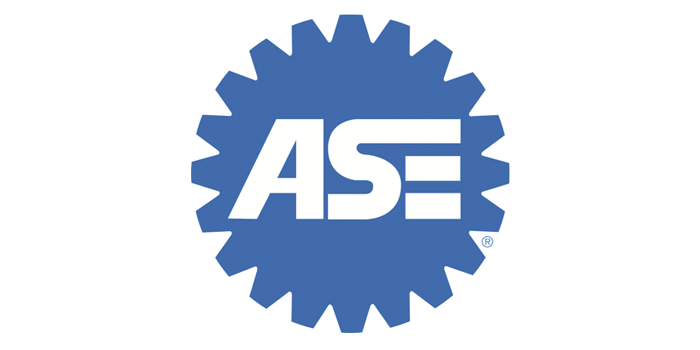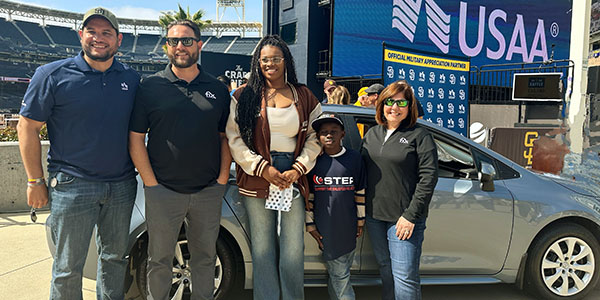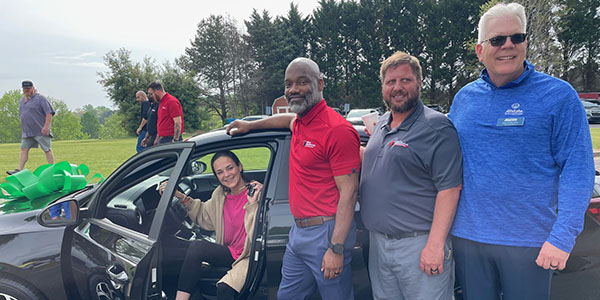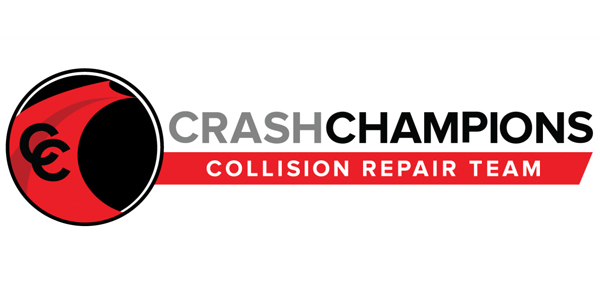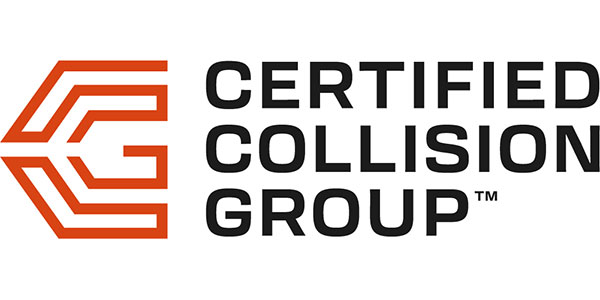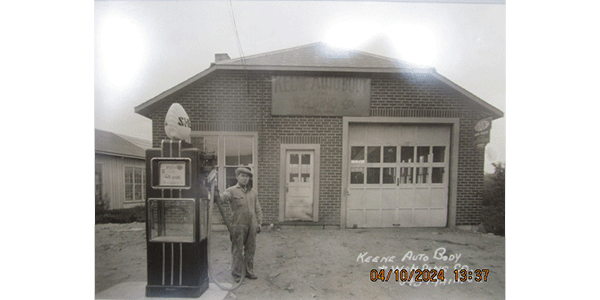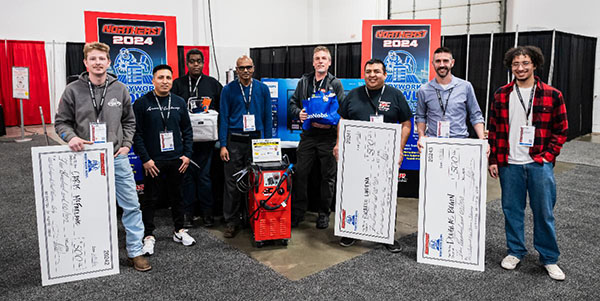
A federal court has set the trial dates for Hale vs. State Farm, a class-action lawsuit alleging that State Farm secretly bankrolled the 2004 election campaign of Illinois Supreme Court Justice Lloyd Karmeier.
A jury trial is scheduled to begin at 9 a.m. on Sept. 4 in the U.S. District Court for the Southern District of Illinois, with Judge David Herndon presiding. The court has allotted for the trial to continue through Oct. 12, if needed.
The racketeering lawsuit contends that State Farm recruited Karmeier to run for an open seat on the Illinois Supreme Court and the insurance company covertly funneled millions of dollars into his 2004 campaign, in hopes that Karmeier would overturn the $1.05 billion Avery vs. State Farm judgment.
At the time of the election, the Illinois Supreme Court had not made a decision on the insurance carrier’s appeal of Avery vs. State Farm – a class-action lawsuit that accused State Farm of breaching its contract with policyholders by requiring the use of aftermarket crash parts in the repair of vehicles.
Nine months after Karmeier was elected, he cast the deciding vote to void the $1.05 billion judgment against State Farm. Karmeier, who is not a defendant in Hale vs. State Farm, now is the chief justice of the Illinois Supreme Court.
On Feb. 6, Herndon denied State Farm’s motion to toss Hale vs. State Farm, setting the stage for the upcoming trial.
Notification Plan Will Include Ads in People, Sports Illustrated
In other developments, Herndon on April 16 approved a plan to notify the lawsuit’s certified class members of their legal rights, including their right to opt out of the lawsuit. The class consists of the 4.7 million State Farm policyholders represented by the plaintiffs in Avery vs. State Farm, according to court documents.
Hilsoft Notifications, a firm that specializes in legal noticing services, will run a multimedia campaign to provide case information to the class members. The notification process is scheduled to begin on May 16, with the launch of a case website, a toll-free number and a press release.
Because Hilsoft, in its proposed notice plan, “conservatively” estimates that it can reach just 25 percent of the class through individual emails and postcards, the plan will include print ads in People and Sports Illustrated and digital ads on Facebook and the Google, Conversant and Yahoo! ad networks, beginning May 16.
Hilsoft estimates that its paid media ads will reach 75 percent of U.S. adults who are 35 and older.
State Farm agreed to the notice plan, although the insurance company’s legal counsel asserts that State Farm “does not concede the propriety of plaintiff’s class claims, the certification of the class or the modified class definition entered by the court at plaintiffs’ request.” The insurance company also has denied all allegations of wrongdoing in the lawsuit.
State Farm, according to court documents, objected to one sentence in the proposed notice plan. The proposed sentence, which explains to class members what the case is about, stated, “The lawsuit claims that State Farm, Ed Murnane and William G. Shepherd (the ‘Defendants’) violated the RICO statute in an attempt to enable State Farm to avoid payment of a $1.05 billion judgment in favor of approximately 4.7 million State Farm policyholders.”
State Farm’s legal counsel favored this language instead: “The lawsuit claims that State Farm, Ed Murnane and William G. Shepherd (the ‘Defendants’) violated the RICO statute in an attempt to overturn a $1.05 billion judgment in favor of approximately 4.7 million State Farm policyholders.”
In his April 16 order approving the notice plan, Herndon decided on this language: “The lawsuit claims that State Farm, Ed Murnane and William Shepherd (the defendants) violated the RICO statute in an attempt to overturn, in the Illinois Supreme Court, a $1.05 billion judgment in favor of approximately 4.7 million State Farm policyholders, which would allow State Farm to avoid paying the amount of the judgment rendered in plaintiffs’ favor in the trial court.”
In a brief explanation of his choice of language, Herndon asserts that neither side presented “a complete explanation of the nature of the lawsuit needed to give the class members the concise reason for the litigation.”

